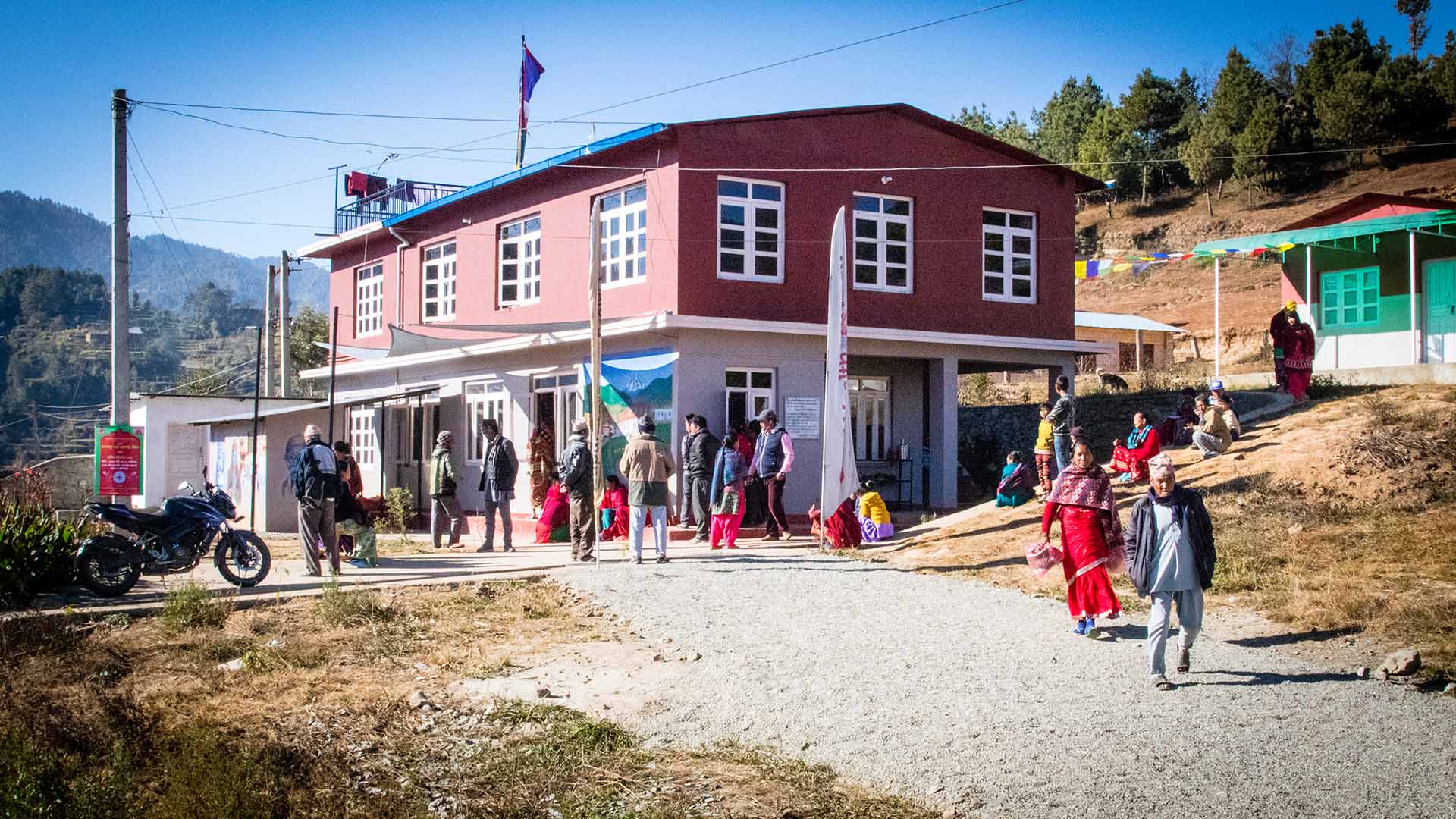News Blog
Latest News From Our Volunteers in Nepal
VOLUNTEER COMMUNITY CARE CLINICS IN NEPAL
Nepal remains one of the poorest countries in the world and has been plagued with political unrest and military conflict for the past decade. In 2015, a pair of major earthquakes devastated this small and fragile country.
Since 2008, the Acupuncture Relief Project has provided over 300,000 treatments to patients living in rural villages outside of Kathmandu Nepal. Our efforts include the treatment of patients living without access to modern medical care as well as people suffering from extreme poverty, substance abuse and social disfranchisement.
Common conditions include musculoskeletal pain, digestive pain, hypertension, diabetes, stroke rehabilitation, uterine prolapse, asthma, and recovery from tuberculosis treatment, typhoid fever, and surgery.
FEATURED CASE STUDIES
Rheumatoid Arthritis +
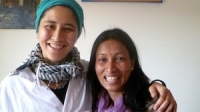
35-year-old female presents with multiple bilateral joint pain beginning 18 months previously and had received a diagnosis of…
Autism Spectrum Disorder +
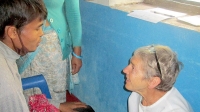
20-year-old male patient presents with decreased mental capacity, which his mother states has been present since birth. He…
Spinal Trauma Sequelae with Osteoarthritis of Right Knee +
60-year-old female presents with spinal trauma sequela consisting of constant mid- to high grade pain and restricted flexion…
Chronic Vomiting +
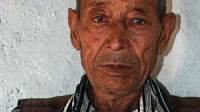
80-year-old male presents with vomiting 20 minutes after each meal for 2 years. At the time of initial…
COMPASSION CONNECT : DOCUMENTARY SERIES
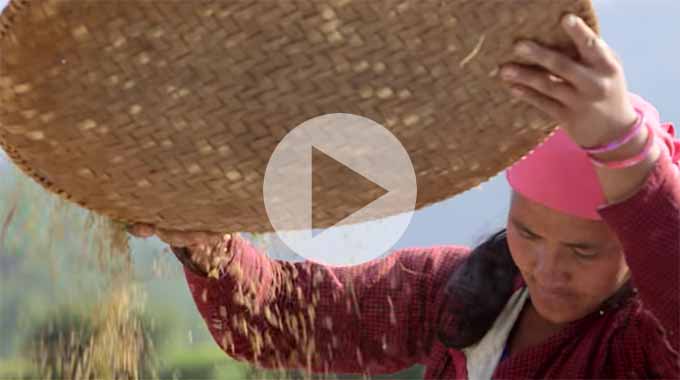
Episode 1
Rural Primary Care
In the aftermath of the 2015 Gorkha Earthquake, this episode explores the challenges of providing basic medical access for people living in rural areas.
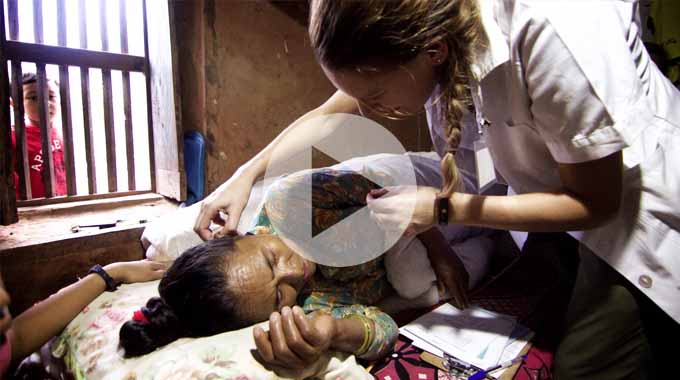
Episode 2
Integrated Medicine
Acupuncture Relief Project tackles complicated medical cases through accurate assessment and the cooperation of both governmental and non-governmental agencies.
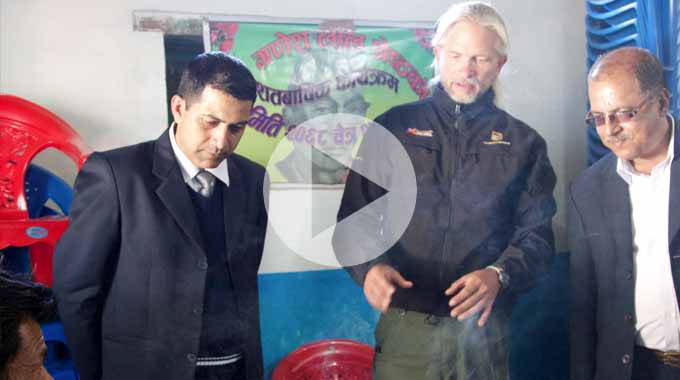
Episode 3
Working With The Government
Cooperation with the local government yields a unique opportunities to establish a new integrated medicine outpost in Bajra Barahi, Makawanpur, Nepal.
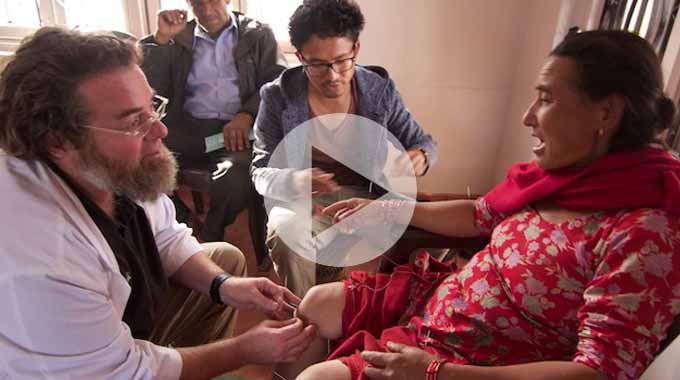
Episode 4
Case Management
Complicated medical cases require extraordinary effort. This episode follows 4-year-old Sushmita in her battle with tuberculosis.
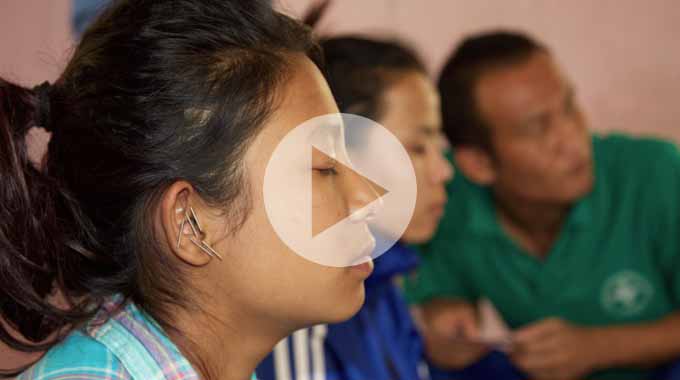
Episode 5
Sober Recovery
Drug and alcohol abuse is a constant issue in both rural and urban areas of Nepal. Local customs and few treatment facilities prove difficult obstacles.
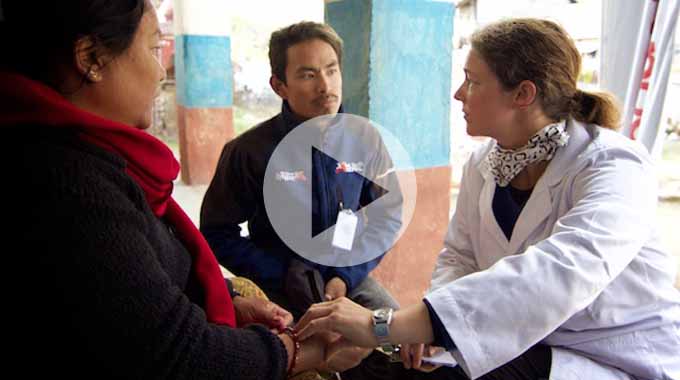
Episode 6
The Interpreters
Interpreters help make a critical connection between patients and practitioners. This episode explores the people that make our medicine possible and what it takes to do the job.
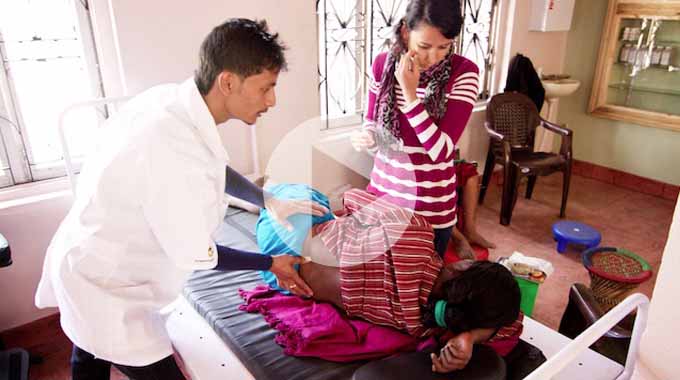
Episode 7
Future Doctors of Nepal
This episode looks at the people and the process of creating a new generation of Nepali rural health providers.
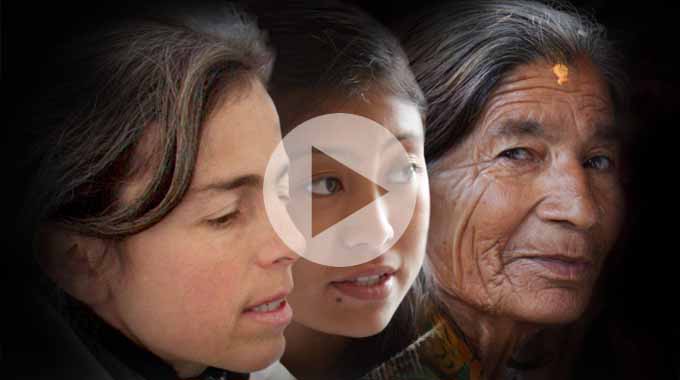
Compassion Connects
2012 Pilot Episode
In this 2011, documentary, Film-maker Tristan Stoch successfully illustrates many of the complexities of providing primary medical care in a third world environment.
From Our Blog
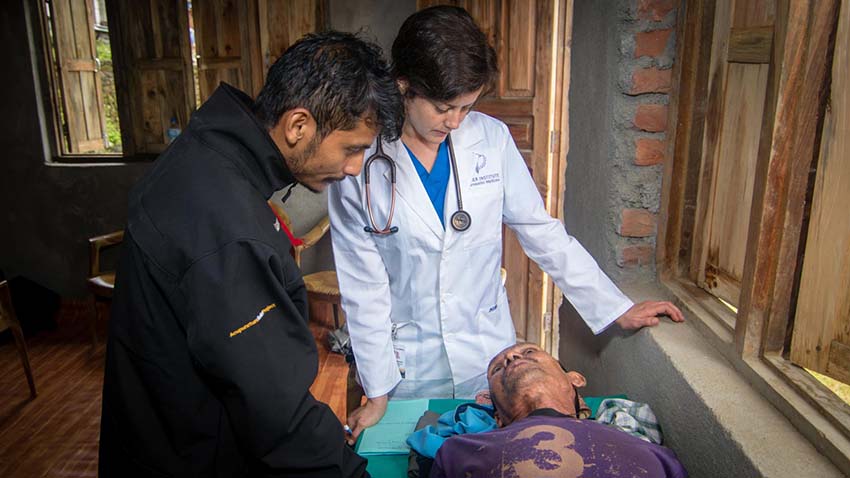
- Details
- By Chelsea Leander ND

Four years ago I fell in love with the most impoverished district of Nepal called Humla. Though I was there to research malnutrition, I quickly realized the desperate need of doctors in these vast Himalayan mountaintops…where ironically most doctors, even from Nepal, refuse to venture. But it seemed unpractical to be a conventional medical doctor where x-ray machines and pharmaceuticals were unaccessible. Enter naturopathic medicine. These past four years, I have dedicated to learning herbal therapy, water therapy, nutrition, spinal adjustments, counseling, homeopathy, acupuncture, and lifestyle modifications. And now, it is time to find out if all these skills I have accumulated can touch the medical aliments that Nepal faces.
This venture back to Nepal is through Acupuncture Relief Project - an amazing non-profit in Nepal that utilizes acupuncture in the delivery of primary medicine in the Makwanpur District. Though I’m not an “acupuncturist” the organization hosts many medical providers of other disciplines. I’m using this experience as a stepping stone to doctoring in Humla in the future (a longterm goal that I am quickly realizing is much more difficult to achieve than I anticipated).
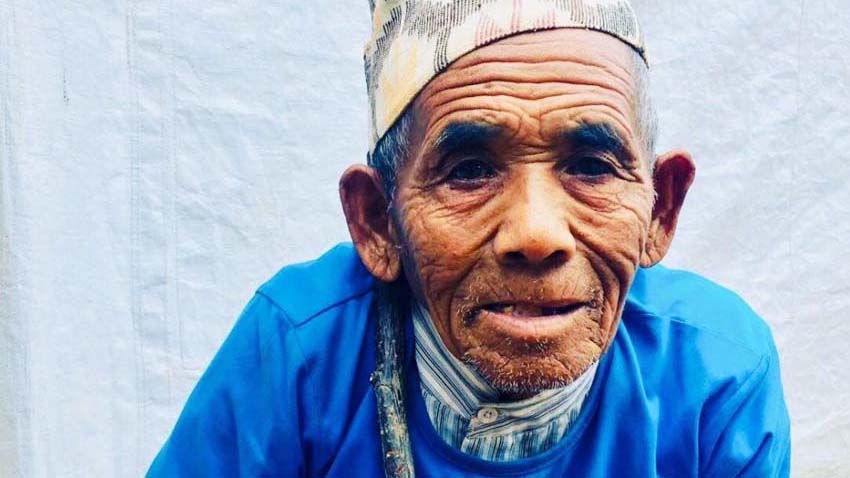
- Details
- By Sarah Maiden
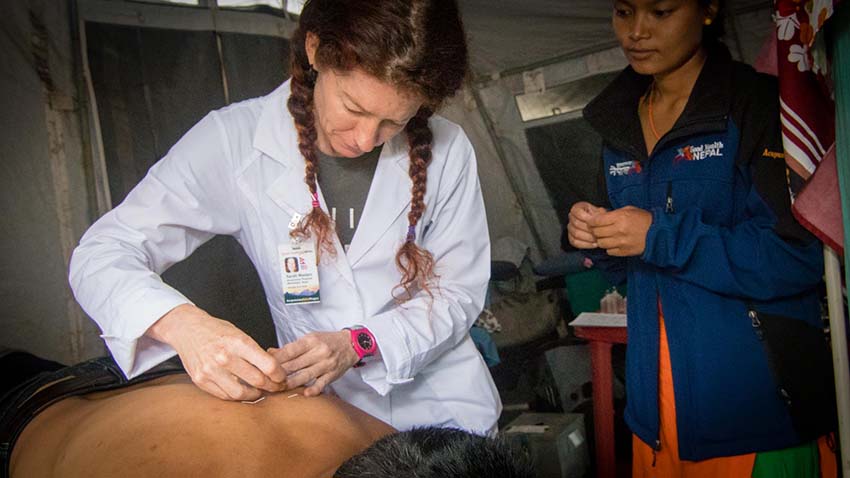
Yesterday, I saw an 80 year old patient whose oxygen saturation read 75. In America, anyone under 90% gets an immediate oxygen cannula in their nose. When I first encountered this woman in her village, about 2 & ½ miles away over hills and valleys, I tried checking her vitals. During that encounter, I assumed the machine was malfunctioning due to sunlight or lack of proper circulation because it was reading 67. In my Western ignorance, I assumed anyone with a 67 percent oxygen saturation would clearly be dead – as opposed to squatting on the roadside chatting with me, discussing walking miles to the clinic, and leisurely watching the rolling clouds flow over the gorgeous valley. However, on the following day, she stayed true to her promise and hiked the giant hill 2 &½ miles to our clinic seeking help with her breathing. Her blood pressure had dropped to 85/60 at this point, her biceps so tiny they barely filled the cuff. She kept repeating that she wasn’t sure about being in the clinic because she’s just going to die soon anyway. I gave her my typical response, “I understand. Maybe we can make this time easier for you.” I was able to stall her for two hours. First I gave acupuncture. Then, I put the Albuterol inhaler to her lips and pushed it twice because she didn’t have the strength to do it herself. She had walked the distance uphill to the clinic alone, like any typical badass Tamang 80 year old with advanced COPD would, of course!
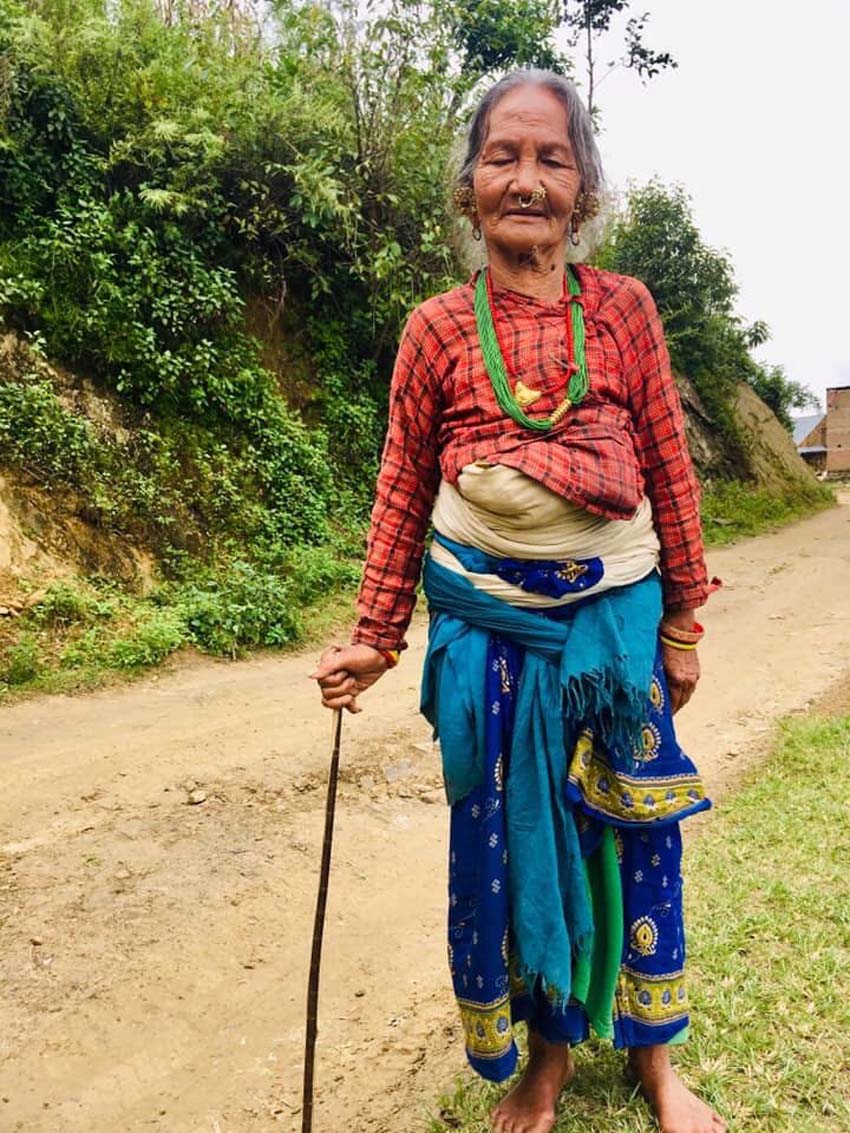
I told her to get her son to push the button at home and gave instructions for using the medication, unsure if it got through to her seemingly alert oxygen-deprived brain. Finally, the healthpost staff showed up, late, and gave her an Albuterol nebulizer. Considering her state, I assumed they would keep her there while I returned to my waiting tent full of a dozen patients and relatives. An hour later, I spotted her tiny figure out of the corner of my eye, making a run for it down the lane. I had my interpreter yell out, “Hey grandma!,” before we realized that she wasn’t suddenly pausing for a breath (why would she do that?), but was standing at the edge of the road urinating straight down onto the ground, clearly wearing nothing under her long colorful patterned skirt. “Hey grandma!,” we tried again. She turned around. I couldn’t bear to force the tough old mountain lady into anything she didn’t want. “You want to go home now, don’t you?” “Yes,” she replied, perhaps with a few comments about the importance of feeding the goats or playing with her grandchildren. “Okay I understand if you have to leave now but we might have some other medicine that will help. Do you feel better now?” “Yes, much better.” “Can you please come back on Friday?,” I ask, with a sigh as I sincerely respect her patient autonomy, as this relationship was built on the trust established by chatting her up on the roadside. “Yes,” she answers, as if the uphill hike with advanced COPD and oxygen saturation at 67 is a complete walk in the park. She gives me the little sideways headshake implying Nepali agreement, and takes off at a pace that would startle any 80 year old American.
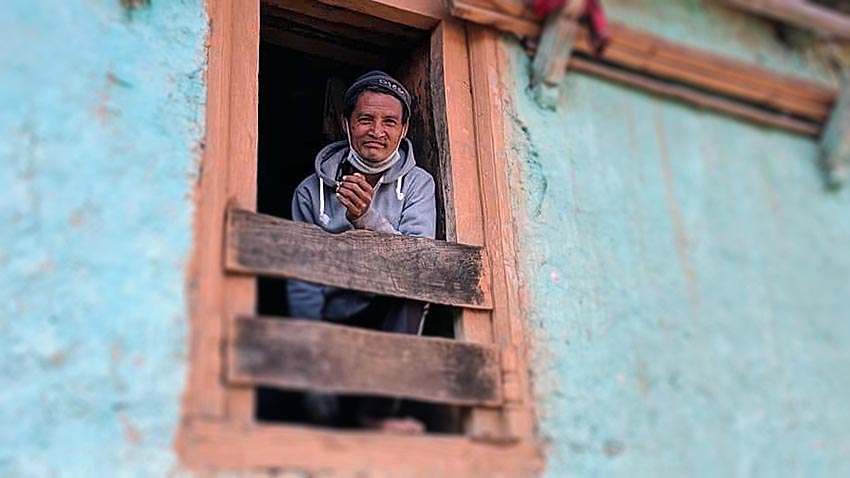
- Details
- By Kate Cauley

Not long ago, I watched a man carefully walk into clinic, cane in hand, right arm and leg trapped in contracture from a stroke. He sat down silently and handed me his chart. I read the words hemiplegia…. aphasia… I turned page after page as other patients filed into the clinic to sit in the open chairs, waiting for me, the “new doctor”. I sat on my seat, my mudha, and continued to stare at the stroke victim’s chart as this new world faded around me.
As a practitioner in the United States the resources to work with stroke is limited to very rare opportunities in hospitals. My experience with stroke had only been in textbooks, lectures and TCM theory. This was new.
Taking a moment to compose myself, we greeted each other in the customary way of the Nepalese: I said namaste as I pressed my palms together and assumed direct eye contact. Bimdev returned the gesture with one hand raised, his right hand betraying his illness, and muttered an unintelligible reply. I began my work, taking vitals, touching his scalp, hands, arms, and feet. Looking into his eyes, I knew I was nowhere near instilling that patient doctor trust so crucial to healing and that I needed to gain it if I were to help this man.
Our Mission
Acupuncture Relief Project, Inc. is a volunteer-based, 501(c)3 non-profit organization (Tax ID: 26-3335265). Our mission is to provide free medical support to those affected by poverty, conflict or disaster while offering an educationally meaningful experience to influence the professional development and personal growth of compassionate medical practitioners.
